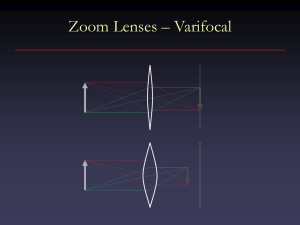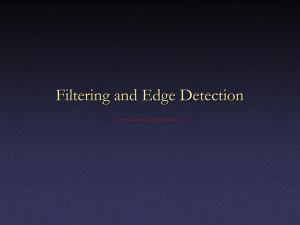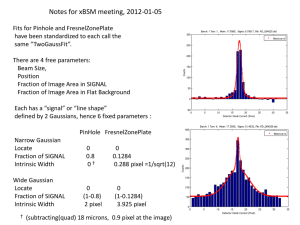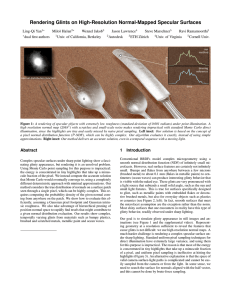Image Processing Jitendra Malik
advertisement
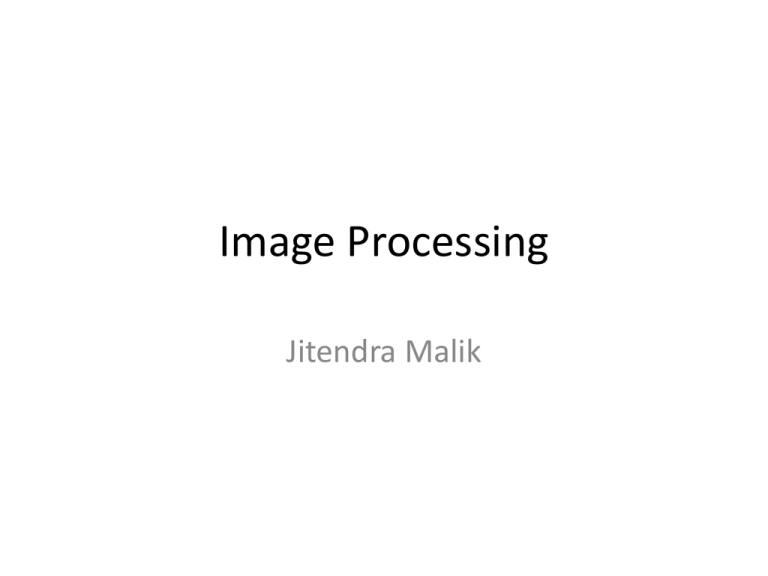
Image Processing Jitendra Malik Different kinds of images • Radiance images, where a pixel value corresponds to the radiance from some point in the scene in the direction of the camera. • Other modalities – X-rays, MRI… – Light Microscopy, Electron Microscopy… –… Canonical Image Processing problems • Image Restoration – denoising – deblurring • Image Compression – JPEG, JPEG2000, MPEG.. • Computing Field Properties – orientation – optical flow – disparity • Locating Structural Features – corners – edges Image Restoration (lookup Wikipedia for more details) • Based on priors of what the “true” image should be like. Typically the world consists of opaque piecewise smooth surfaces, and illumination is also piecewise smooth, therefore the resulting radiance images are piecewise smooth. • Some techniques – – – – – Median filtering Gaussian smoothing Anisotropic diffusion Non-Local means Deconvolution Image Compression • Based on prior distributions on natural images, as well as properties of the human visual system, which is more sensitive to some error than others Computing field properties these are defined at every pixel (x,y) • Orientation – at every pixel, one can define a local orientation by computing the gradient of the image • Optical Flow – at every pixel, a vector corresponding to the movement from one time frame to the next • Binocular Disparity – at every pixel, a vector corresponding to the displacement of the corresponding point from the left to the right image Locating Structural Features • Edges are curves in the image, across which the brightness changes “a lot” • Corners/Junctions Edges detected in an image Edge Detection However… • Differentiation amplifies noise • Compensate by Gaussian smoothing • Both of these are examples of convolution Edge detection in 1D Convolution Implementation Details • Images are 2D arrays of numbers, so how does one implement the process of computing derivatives, gradients etc? • The solution: use discrete convolution. In the formula for convolution, replace integral by sum. You can find an exposition in the Wikipedia entry on convolution, also in Wolfram MathWorld An example An example An example An example An example The 1D Gaussian and its derivatives An important observation Edge detection in 1D Two Dimensional Gaussian Image convolved with 2D Gaussian Oriented Gaussian Derivatives in 2D Oriented Gaussian First and Second Derivatives Computing Orientation





